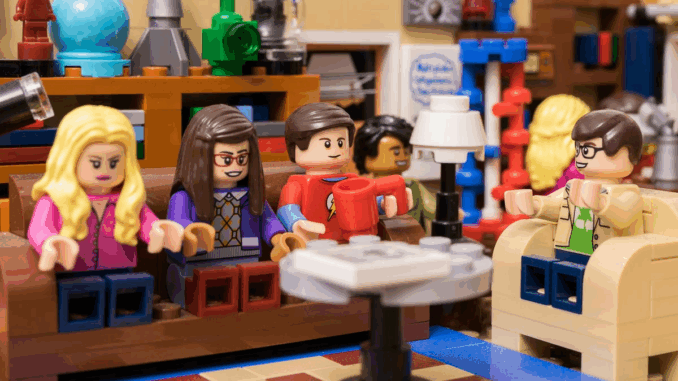
A Sitcom That Dared to Be Smart and Sincere
When The Big Bang Theory premiered in 2007, it was largely seen as a quirky sitcom about “nerdy guys” and the pretty girl next door. But over the course of twelve seasons, the show evolved far beyond that surface description. It became a cultural juggernaut, a love letter to intellectual curiosity, and surprisingly—a heartfelt exploration of human relationships and emotional development.
What made The Big Bang Theory stand out wasn’t just the physics jokes or the Star Trek references. It was the way the writers crafted a world where highly intelligent but socially awkward characters could learn, grow, and ultimately connect with others in meaningful ways.
The Unexpected Growth of Sheldon Cooper
Take Sheldon Cooper, for instance. Introduced as an eccentric genius with no concept of empathy or basic human etiquette, Sheldon could have easily remained a caricature. Instead, his development into a loving partner, loyal friend, and even a Nobel Prize winner showcased one of the best long-term character arcs in sitcom history.
Jim Parsons’ portrayal earned critical acclaim, but it was Sheldon’s gradual shift—guided by Amy Farrah Fowler—that touched viewers deeply. Their relationship started off as an intellectual arrangement but turned into one of the show’s most sincere love stories. In the series finale, Sheldon’s Nobel speech, where he finally acknowledges his friends and their sacrifices, is a moment that still resonates.
Emotional Payoff in a Comedy Format

The Big Bang Theory often used humor to introduce emotional depth. Leonard’s complicated relationship with his mother, Penny’s career struggles, and Howard’s grief over losing his father—these weren’t just sitcom side plots. They were honest stories of people trying to figure out who they are in a complicated world.
What’s even more impressive is how these arcs were weaved into the fabric of a show known for geeky humor. Instead of betraying its origins, TBBT embraced the idea that people who obsess over comic books and string theory can also struggle with love, grief, and purpose.
Representation Through Humor and Humanity
The show’s strength also lay in its inclusive celebration of intelligence. While some critics accused it of reinforcing stereotypes, others argue that it helped normalize “geek culture.” Viewers saw that it was okay to be passionate about niche topics, and that being smart wasn’t something to hide. From Raj’s romantic misadventures to Howard’s evolution from womanizer to devoted dad, the characters reflected real growth.
Moreover, the addition of female scientists like Amy and Bernadette expanded the representation. These weren’t just love interests—they were complex professionals with their own dreams, quirks, and contributions. They helped shift the balance, showing that science and emotion weren’t mutually exclusive.
The Legacy Lives On
Even years after its finale, The Big Bang Theory continues to find new audiences through streaming platforms. Fans return not just for the laughs but for the emotional milestones—Howard going to space, Leonard and Penny’s wedding, Raj finally speaking to women without alcohol.
In an era of rapid-fire reboots and endless streaming options, TBBT endures because it offered something rare: a genuinely funny show that respected its characters and audience enough to show vulnerability, growth, and love—all while delivering punchlines.
